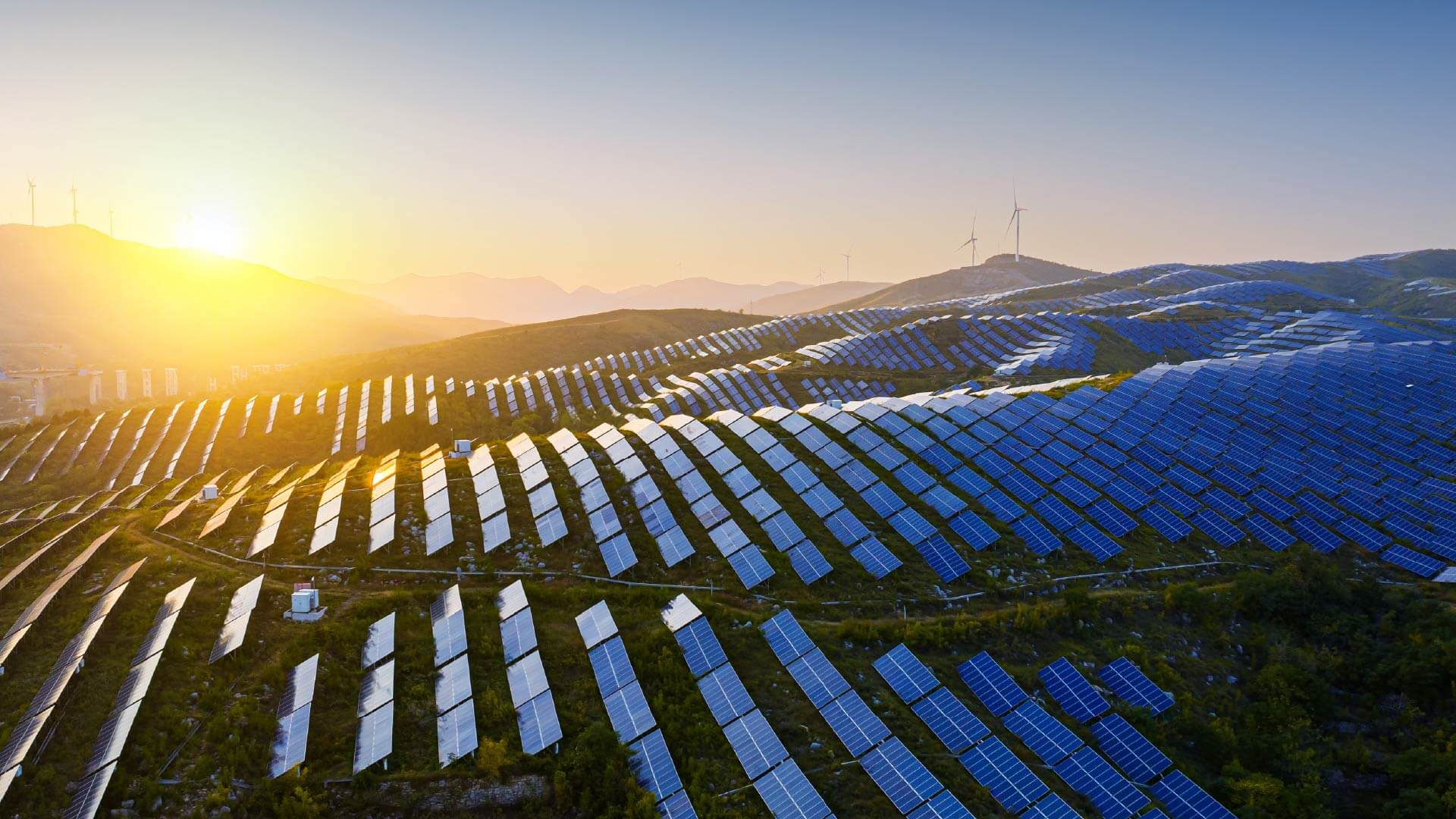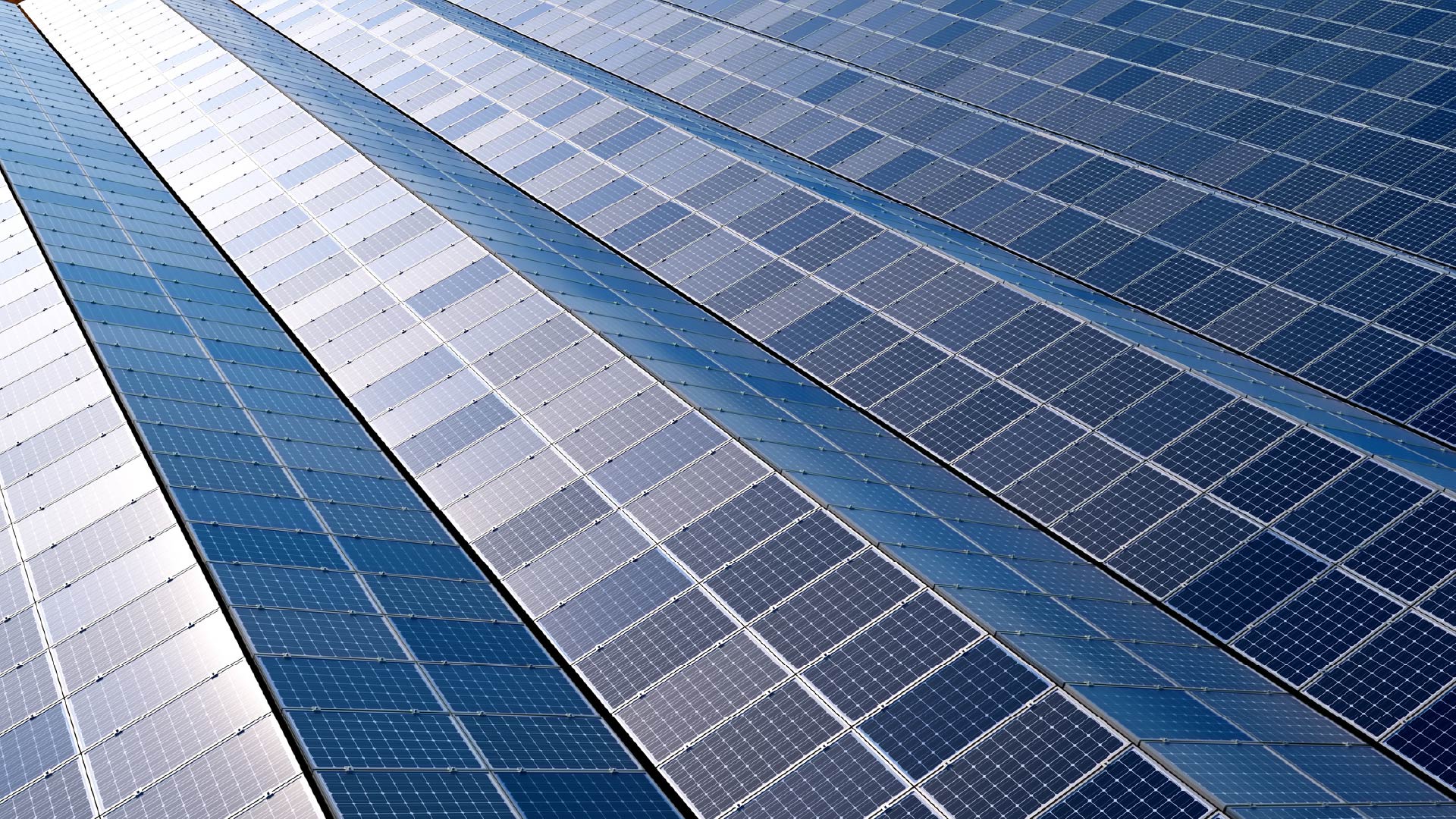Decoding The OBBBA: What Clean Energy Investors Need To Know
The One Big Beautiful Bill Act (OBBBA), signed into law on July 4, 2025, marks a continued shift in US climate and energy policy. Since his first day in office, President Trump has rolled back nearly every Biden-era climate policy. The OBBBA – repealing many of the clean energy incentives from the 2022 Inflation Reduction Act (IRA) – is no different.
The IRA unlocked over $500 billion in private investments by de-risking projects and enabling developers and investors to monetize clean energy production (45Y) and investment (48E) tax credits with greater flexibility. Trump’s OBBBA accelerates the sunset period for 45Y and 48E tax credits – specifically for solar and wind projects – to 2027, while simultaneously adding Foreign Entity of Concern (FEOC) restrictions that will further choke development, due to the heavy reliance on Chinese supply chains.
The bill complicates financial forecasts for investors by revoking the five-year accelerated depreciation for wind and solar projects. Investors will be able to depreciate eligible physical assets at 100% if purchased prior to January 19, 2025, but this still doesn’t negate the loss of long-term incentives.
OBBBA’s restrictions on the solar and wind markets are expected to have significant implications for investors. Project build-out beyond 2027 is likely to slow, as the current administration seeks to tighten the definition of 'begin construction', to discourage accelerated timelines and the stockpiling of materials. Additionally, FEOC restrictions impose steep penalties on developers and investors who fail to comply, with fines of up to 20% of total understated tax amounts. Together, these measures are creating a chilling effect across the market, dampening investor confidence and delaying capital deployment in clean energy infrastructure.
It is important to note that OBBBA does not completely eradicate clean energy incentives. Geothermal and energy storage projects will retain the 45Y and 48E tax credits through the original IRA sunset period. Additionally, carbon capture and storage projects at eligible industrial and power facilities are eligible for credits per tonne of CO2 reduced, subject to FEOC restrictions.
Investors must remain vigilant – both in the lead-up to and following the early sunset period. Tomorrow, Verdantix will publish a report outlining key recommendations to help investors navigate the shifting policy landscape and mitigate emerging risks.
About The Author

Felicity Laird
Principal Analyst





